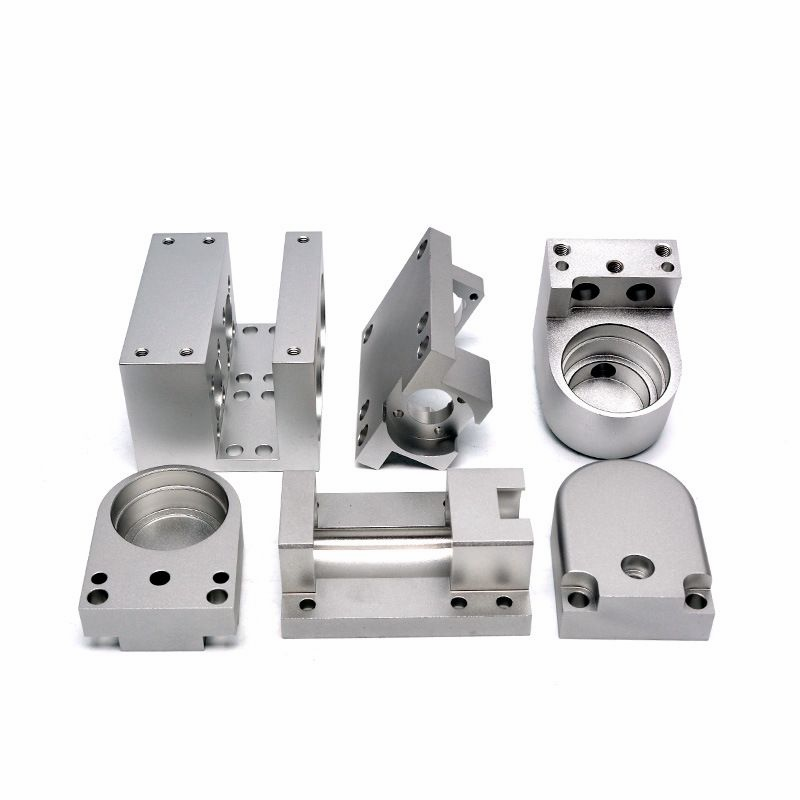Message
While CNC machining offers high precision and accuracy, several common challenges and sources of error can affect the accuracy of the final machined parts. Here are some of the key factors that can contribute to inaccuracies in CNC machining:
1. Machine Deflection: CNC machines can experience deflection due to various factors like the cutting forces applied during machining, vibration, or inadequate rigidity. Deflection can lead to deviations from the intended toolpath and result in dimensional inaccuracies.
2. Tool Wear: As cutting tools are used over time, they undergo wear and may become dull. Worn-out tools can produce inconsistent results, leading to dimensional errors, poor surface finish, or increased tool deflection.
3. Thermal Effects: Machining generates heat, which can cause thermal expansion or contraction of the machine components, workpiece, or cutting tools. These temperature-induced changes can result in dimensional variations and affect accuracy. Thermal effects are especially significant in long-duration or high-speed machining operations.
4. Material Variations: Variations in the properties of the machined material, such as hardness, homogeneity, or grain structure, can affect machining accuracy. Inhomogeneous materials may lead to uneven cutting forces, causing dimensional errors in the finished parts.
5. Tool Runout: Tool runout refers to the slight wobbling or eccentricity of the cutting tool. Runout can occur due to tool holder or spindle imperfections, improper tool installation, or worn-out components. Tool runout can lead to inconsistent cutting forces and result in poor surface finish, dimensional deviations, or concentricity errors.
6. Workholding Issues: Inadequate or improper workholding can cause part movement or vibration during machining, leading to inaccuracies. Insufficient clamping force, incorrect positioning, or inadequate support can result in part shifting or misalignment, affecting dimensional accuracy.
7. Programming Errors: Mistakes or errors in the CNC program can introduce inaccuracies in machining. Incorrect tool paths, feed rates, or cutting parameters can lead to deviations from the desired dimensions or features.
8. Chip Evacuation: Efficient chip evacuation is crucial for maintaining machining accuracy. Poor chip evacuation can lead to chip recutting, increased cutting forces, heat buildup, and tool wear. These factors can negatively impact accuracy and surface finish.
9. Environmental Factors: Environmental conditions, such as temperature, humidity, or dust, can affect machine performance and accuracy. Fluctuations in temperature or humidity can cause thermal expansion/contraction or affect the machine's mechanical components, leading to dimensional variations.
10. Tool Deflection: During machining, especially in deep or long-reach cuts, cutting tools can experience deflection due to the cutting forces applied. Tool deflection can result in deviations from the intended toolpath, affecting dimensional accuracy and surface finish.

It's important to address these challenges and minimize their impact on CNC machining accuracy. Employing proper machine maintenance, tool management, workholding techniques, programming verification, and process control measures can help mitigate these errors and improve overall accuracy.









